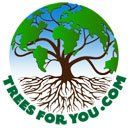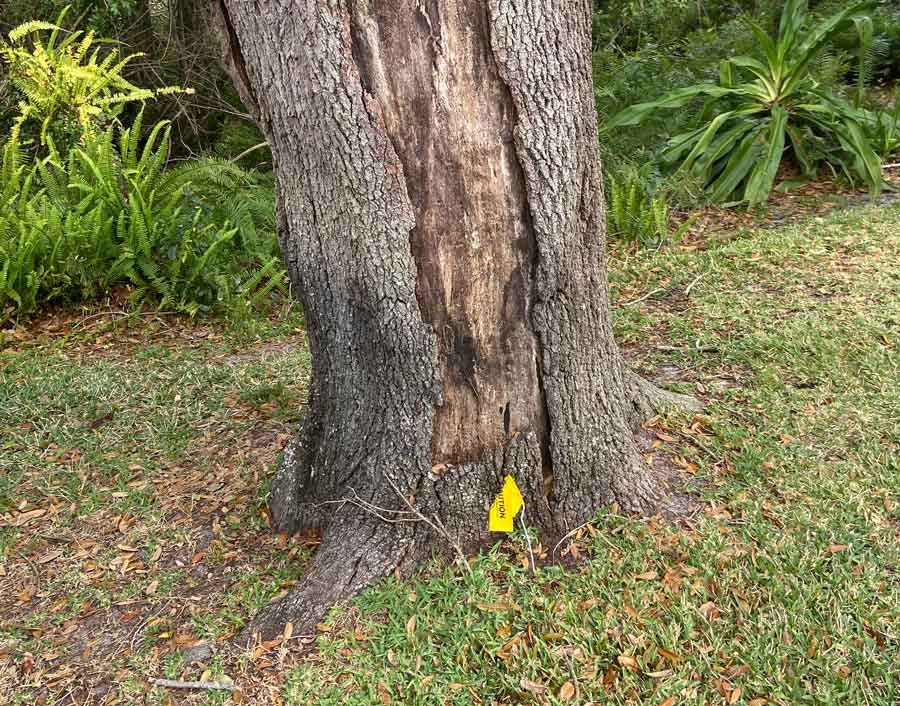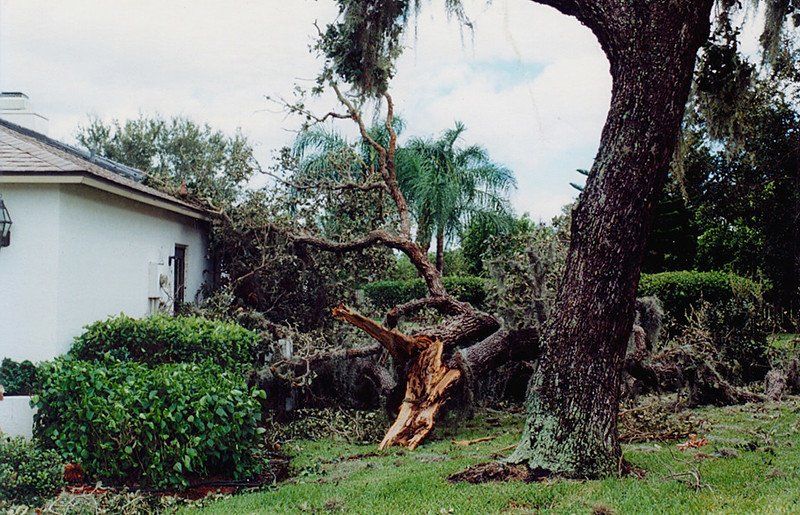The development of woundwood on the exterior and compartmentalization boundaries on the interior are examples of reaction wood that helps a tree to survive the decay that results if a tree experiences wounding during a weather event.
Trees fail in storms in three primary ways:
(1). Decay in roots, branches and trunks: Wind creates energy that moves branches. During a major storm the force is great and the energy travels down branches and is disseminated down the trunk and to the base of the tree. Rain adds weight to the canopy and softens the soil that contains the roots of a tree. The energy generated by the wind will “find” areas weakened by decay and may cause failure at that point.




